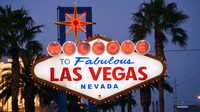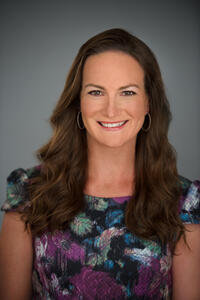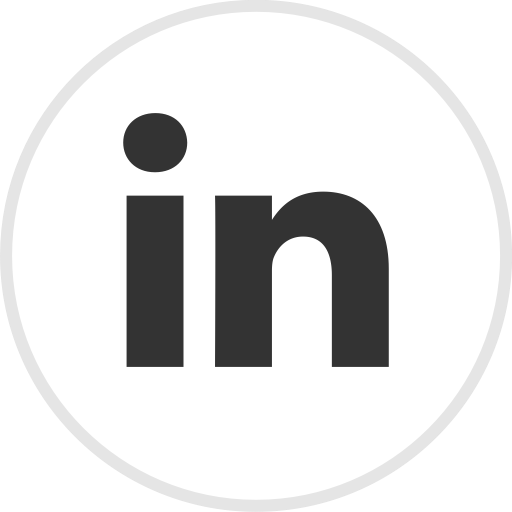Conference Board Reiterates Recession Prediction
A cooling labor market and high interest rates are taking a toll on consumer confidence in the U.S.
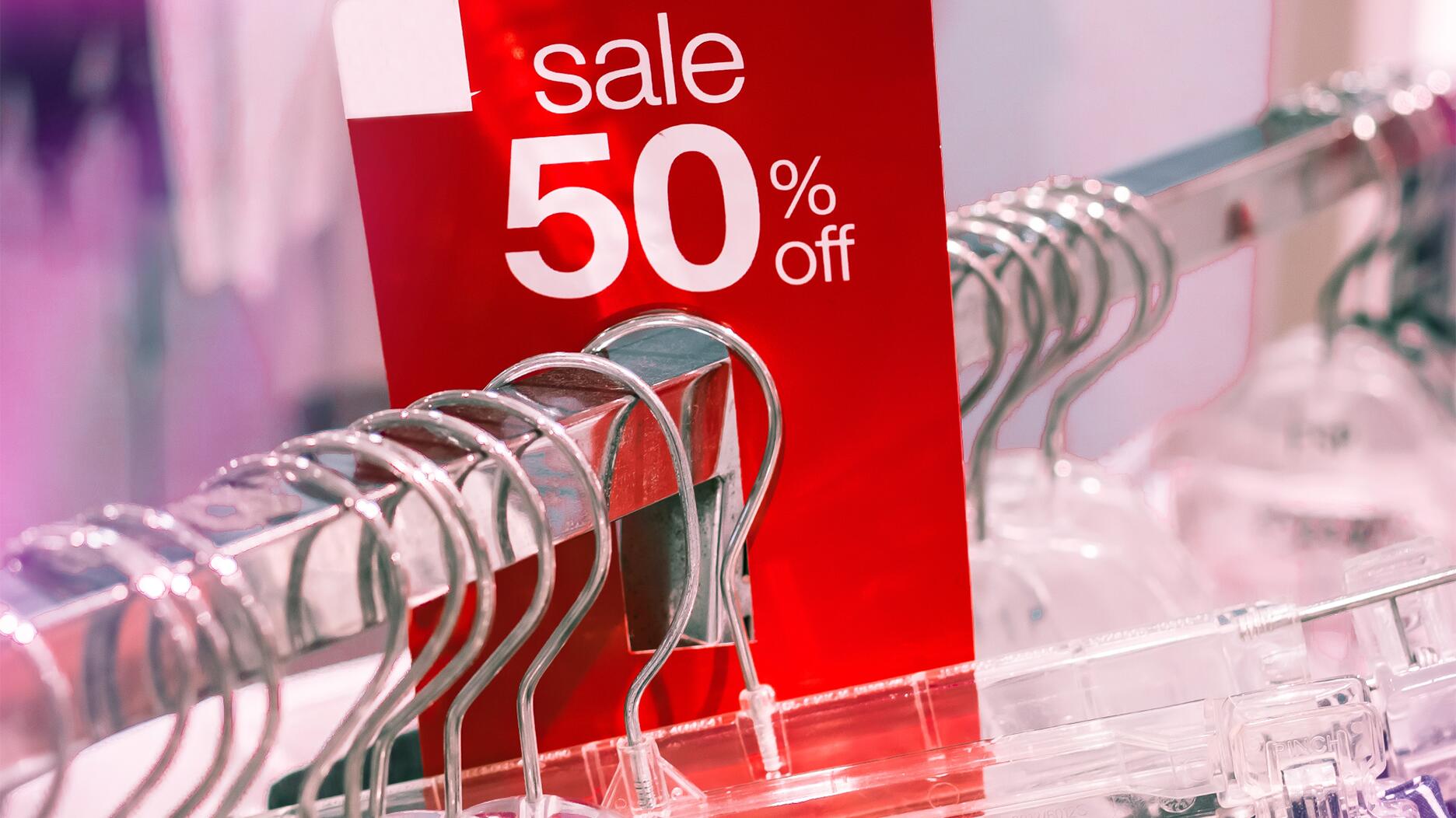
The Conference Board’s consumer confidence index dropped to 106.1 in August from a downwardly revised 114 in July.
“The pullback in consumer confidence was evident across all age groups and most notable among consumers with household incomes of $100,000 or more, as well as those earning less than $50,000,” said Dana Peterson, chief economist at The Conference Board.
“Confidence held relatively steady for consumers with incomes between $50,000 and $99,999.”
The Present Situation Index, which measurers consumers’ current view of business and labor market conditions, fell to 144.8 in August from 153 in July.
Consumers’ assessment of business conditions was slightly more pessimistic in August, with 17 percent of consumers saying current business conditions were “bad,” up from 16 percent in July. Consumers who reported feeling like current business conditions were “good” remained unchanged at 21 percent.
Respondents’ current view of the labor market also seems to be less positive.
The percentage of respondents who felt jobs were “hard to get” rose to 14 percent in August from 11 percent in July, and those who felt jobs were “plentiful” dropped from 44 percent to 40 percent.
“Hard data confirms that employment gains have slowed, overall wage increases are less generous compared to a year ago, and the average number of weeks of unemployment is ticking upward,” Peterson said.
The Expectations Index, which measures consumers’ short-term outlook for income, business, and labor market conditions, dropped in August to about 80 —the level associated with a recession within the next year—from July’s sharp uptick to 88.
Prior to June, the index had been below 80 every month since February 2022, with the exception of a brief uptick in December 2022.
Though consumers’ perceived likelihood of a recession in the next year hit the lowest level recorded thus far in 2023, Peterson said the return to an expectations threshold of 80 reflects less confidence about future business conditions, job availability, and incomes.
The Conference Board said it still anticipates a recession before the end of the year, echoing what it said last month when it reported consumer confidence figures for July.
Consumers were less optimistic in all aspects of short-term outlook.
Regarding short-term business conditions outlook, 16 percent expect conditions to improve, down from 17 percent in July. Respondents that expect business conditions to worsen rose from 15 percent to 17 percent.
Eighteen percent of consumers anticipate fewer jobs will be available, up from 16 percent in July. The number of respondents expecting more jobs to be available remained virtually unchanged at 17 percent.
For short-term income expectations, consumers expecting their income to increase dropped to 17 percent from 18 percent in July, while respondents expecting their income to decrease increased to 12 percent from 10 percent last month.
“Consumers may be hearing more bad news about corporate earnings, while job openings are narrowing and interest rates continue to rise, making big-ticket items more expensive,” Peterson said.
The Conference Board recently added questions regarding consumers’ feeling about family finances.
In July, the Conference Board said respondents’ answers reflected “still healthy” family finances.
Consumers who described their current family financial situation as “good” was 32 percent, up from 29 percent in June. Respondents who described their family financial situation as “bad,” in July was down to 18 percent from 19 percent in June.
The percentage of respondents in July who expected their family finances to improve dropped to 31 percent from 32 percent in June while those who expected them to worsen rose to 14 percent from 13 percent the previous month.
Peterson said respondents’ upbeat outlook on current family finances in July could have been reflective of “softening inflation and continued income support from employment.”
Consumers’ assessment of their family’s current financial situation was less positive in August.
“Write-in responses showed consumers were once again preoccupied with rising prices in general, and for groceries and gasoline in particular,” said Peterson.
“Notably, expectations for interest rates jumped in August after falling two months ago. Also, the outlook for stock prices fell and average 12-month inflation expectations ticked up.”
The Conference Board said the measure of expected family financial situation in six months’ time, which faltered in July, softened further in August.
The board also recently added a measure to gauge respondents’ thoughts on a recession.
Consumers who felt recession was “somewhat” or “very likely” dropped again in August but remained high at 69 percent; it was 70 percent in June and 71 percent in July.
“These soundings likely reflect ongoing uncertainty given mixed buying plans,” said Peterson. “On a six-month moving average basis, plans to purchase autos and appliances continued to trend upward but plans to buy homes—more in line with rising interest rates—continued to trend downward.
“The dip in overall confidence notwithstanding, consumer plans to go on vacation, especially abroad, leapt upward in the month and slightly exceeded August 2022 readings, suggesting a continued penchant for spending on services.”
The Latest

Said to be the first to write a jewelry sales manual for the industry, Zell is remembered for his zest for life.

The company outfitted the Polaris Dawn spaceflight crew with watches that will later be auctioned off to benefit St. Jude’s.

A buyer paid more than $100,000 for the gemstone known as “Little Willie,” setting a new auction record for a Scottish freshwater pearl.

Supplier Spotlight Sponsored by GIA.
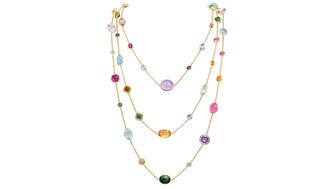
Anita Gumuchian created the 18-karat yellow gold necklace using 189 carats of colored gemstones she spent the last 40 years collecting.


The giant gem came from Karowe, the same mine that yielded the 1,109-carat Lesedi La Rona and the 1,758-carat Sewelô diamond.
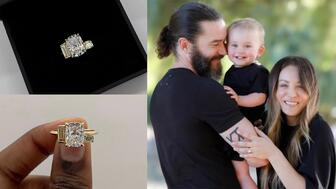
The three-stone ring was designed by Shahla Karimi Jewelry and represents Cuoco, her fiancé Tom Pelphrey, and their child.

Supplier Spotlight Sponsored by GIA
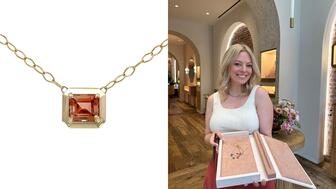
The Manhattan jewelry store has partnered with Xarissa B. of Jewel Boxing on a necklace capsule collection.

Acting as temporary virtual Post-it notes, Notes are designed to help strengthen mutual connections, not reach new audiences.
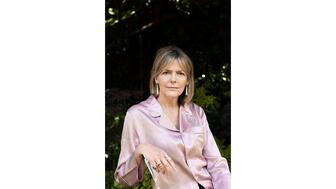
The jewelry historian discusses the history and cultural significance of jewelry throughout time and across the globe.
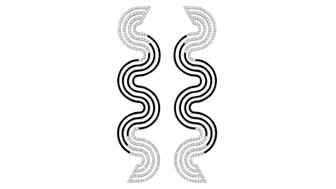
From fringe and tassels to pieces that give the illusion they are in motion, jewelry with movement is trending.
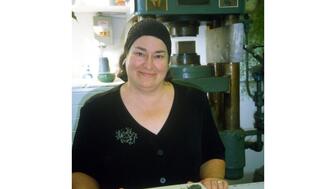
The designer and maker found community around her Philadelphia studio and creative inspiration on the sidewalks below it.
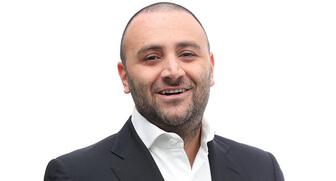
The change to accepted payment methods for Google Ads might seem like an irritation but actually is an opportunity, Emmanuel Raheb writes.

The industry consultant’s new book focuses on what she learned as an athlete recovering from a broken back.
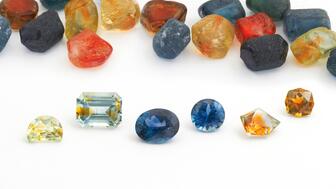
The fair will take place on the West Coast for the first time, hosted by Altana Fine Jewelry in Oakland, California.
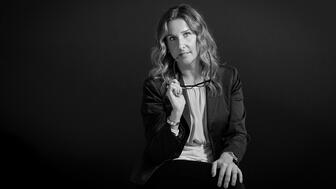
Hillelson is a second-generation diamantaire and CEO of Owl Financial Group.
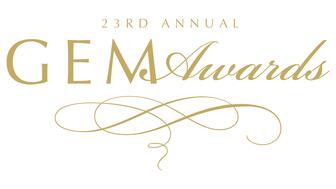
Submissions in the categories of Jewelry Design, Media Excellence, and Retail Excellence will be accepted through this Friday, Aug. 23.
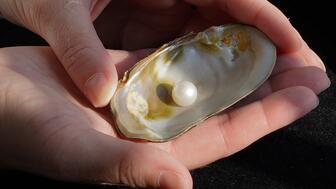
Known as “Little Willie,” it’s the largest freshwater pearl found in recent history in Scotland and is notable for its shape and color.

Clements Jewelers in Madisonville cited competition from larger retailers and online sellers as the driving factor.
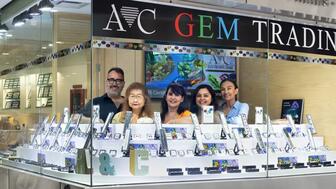
The gemstone company is moving to the Ross Metal Exchange in New York City’s Diamond District.

Most of the 18th century royal jewelry taken from the Green Vault Museum in Dresden, Germany, in 2019 went back on display this week.

The Pittsburgh jeweler has opened a store in the nearby Nemacolin resort.
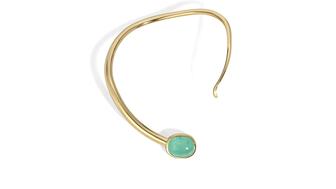
With a 40-carat cabochon emerald, this necklace is as powerful and elegant as a cat.

The Erlanger, Kentucky-based company was recognized for its reliability when it comes to repairs and fast turnaround times.

Unable to pay its debts, the ruby and sapphire miner is looking to restructure and become a “competitive and attractive” company.
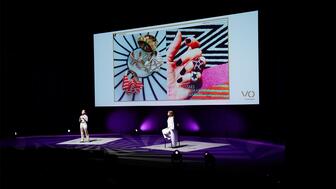
The trend forecaster’s latest guide has intel on upcoming trends in the jewelry market.
